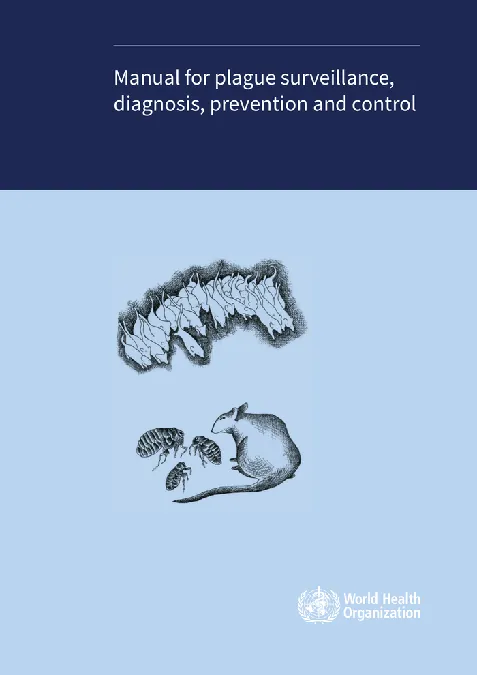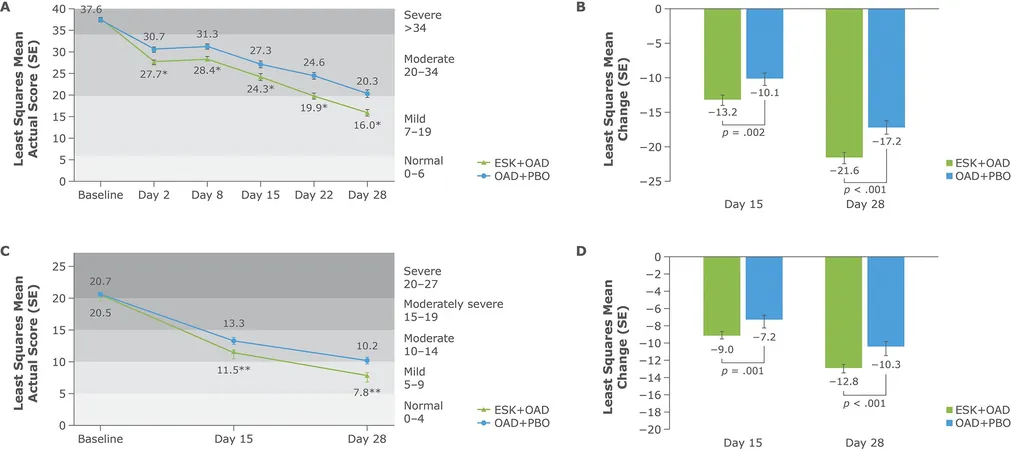
Essential Guide for Plague Surveillance and Management: A Global Health Priority
2024-09-26
EXECUTIVE SUMMARY
Throughout history, plague has claimed millions of lives, making its mark as one of the deadliest pandemics over the past 25 centuries. With a resurgence in several regions during the 1990s, plague has now been classified as a re-emerging disease, sparking significant concern due to its potential to trigger human outbreaks. This acute bacterial infection, caused by the Gram-negative coccobacillus Yersinia pestis, poses both medical and public health emergencies, earning the need for urgent attention.
Although effective antibiotics exist, the disease continues to exhibit high mortality rates, primarily due to its occurrence in remote areas where timely diagnosis and treatment are difficult to achieve. Therefore, early detection and rapid intervention are critical for improving survival rates.
One alarming incident that underscored this issue was the severe pneumonic plague outbreak in Madagascar in 2017, which prompted the World Health Organization (WHO) to reevaluate its guidelines. In response, a manual was developed to provide vital insights into plague epidemiology and set forth robust recommendations for surveillance, diagnosis, clinical management, and control measures. This manual aligns closely with the WHO's proposals introduced during the Seventy-Fifth World Health Assembly in May 2022, aimed at enhancing global health emergency preparedness and response.
The information within this manual is meticulously compiled from numerous authoritative sources. Foundational data on the disease was adapted from the WHO Regional Office for South-East Asia's operational guidelines released in 2010. However, it became imperative to revise several key areas, such as:
1. The application of rapid diagnostic tests across different settings.
2. The selection of antimicrobials for varied plague forms, particularly with the integration of fluoroquinolones as a recommended first-line treatment.
3. The use of personal protective equipment (PPE) for those exposed to plague-infected corpses.
Recent evidence-based recommendations in the WHO guidelines, published in 2021, reflect these changes, particularly emphasizing rapid diagnostic tests, fluoroquinolone use for case management, and the importance of PPE to prevent post-mortem transmission. Additionally, case definitions were updated during a high-level international expert meeting held in September 2020.
This comprehensive manual is designed to serve as a critical resource for health policymakers, emergency preparedness and response teams, and healthcare providers operating in plague-endemic regions. It aims to enhance understanding and action against this age-old yet persistently threatening disease.
With global travel and climate change influencing the spread of infectious diseases, the importance of equipping medical and public health professionals with updated knowledge and tools is more crucial than ever. Are we prepared for the next outbreak? Preparing now could save millions!




 Brasil (PT)
Brasil (PT)
 Canada (EN)
Canada (EN)
 Chile (ES)
Chile (ES)
 España (ES)
España (ES)
 France (FR)
France (FR)
 Hong Kong (EN)
Hong Kong (EN)
 Italia (IT)
Italia (IT)
 日本 (JA)
日本 (JA)
 Magyarország (HU)
Magyarország (HU)
 Norge (NO)
Norge (NO)
 Polska (PL)
Polska (PL)
 Schweiz (DE)
Schweiz (DE)
 Singapore (EN)
Singapore (EN)
 Sverige (SV)
Sverige (SV)
 Suomi (FI)
Suomi (FI)
 Türkiye (TR)
Türkiye (TR)